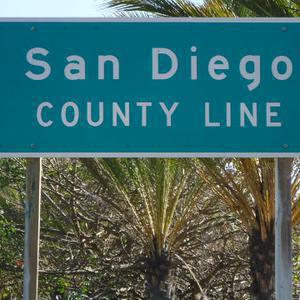Unprecedented rate hikes and the nation’s first social media-driven bank run led to Silicon Valley Bank’s collapse, ex-CEO Greg Becker testified to the Senate Banking Committee Tuesday, May 16. But many senators didn’t buy it, faulting executives for fatal mismanagement.
The hearing marked the first time top executives at SVB and Signature Bank spoke publicly since the bank failures. Along with Becker from SVB, Scott Shay and Eric Howell spoke on behalf of actions taken at Signature Bank.
SVB’s defense
SVB’s situation was improperly tied to the March 8 failure of cryptocurrency-focused Silvergate Bank, Becker claimed, saying news reports and investors wrongly lumped the two financial institutions together. The same day Silvergate failed, SVB had announced it was selling securities at a loss and raising capital “based on the advice of Goldman Sachs.”
“Rumors and misconceptions quickly spread online culminating on March 9 with the first-ever social media bank run, leading to $42 billion in deposits being withdrawn from SVB in 10 hours, or roughly $1 million every second,” Becker said.
By March 10, depositors had requested another $100 billion in withdrawals, marking $142 billion in two days, roughly 80% of total deposits, Becker continued.
“To put the unprecedented velocity of this bank run in context, the previous largest bank run in U.S. history was $19 billion in deposits over the course of 16 days. I do not believe that any bank could survive a bank run of that velocity and magnitude, which was ‘far beyond historical precedents,’” Becker said.
Becker also blamed the Federal Reserve’s rate hike campaign, saying that throughout 2020 until late 2021, bank management believed interest rates would remain low based on Fed messaging about transitory inflation.
“It sounds a lot like the dog ate my homework,” Sen. Sherrod Brown, D-Ohio, said. “Your explanations ignore that your bank was without a chief compliance officer for the better part of a year. I don’t think that was in your testimony while you watched deposits leave and losses and long-term investment securities begin to pile up.”
Signature Bank speaks out
Regulators took over Signature Bank two days after Silicon Valley Bank went over, but to this day, top executives claim they could have weathered the storm.
“The bank was well capitalized. The bank was solvent. Indeed, it was always solvent, with assets well in excess of liabilities, even at the very end,” former Signature Bank Chairman Scott Shay testified. “The bank had a well-defined and solid plan to continue in operation and withstand additional withdrawals. Although I believe the bank was in a strong position to weather its storm, regulators evidently saw things differently.”
“I hear you testify all collectively that you did everything right. Something happened because the banks failed,” Sen. Bob Menendez, D-New Jersey, said.
Red flags
Senators repeatedly narrowed in on dozens of warnings Federal Reserve bank supervisors had given Silicon Valley Bank before its collapse. In late April, the Fed detailed 31 “unaddressed safe and soundness supervisory warnings – triple the average number of peer banks.”
“Three times the average number, that’s 31 notices that you received, flashing red lights that something was wrong,” Sen. Tim Scott, R-South Carolina, said.
Fed Chair Jerome Powell called the April report self-critical. Vice Chair of Supervision Michael Barr, who will again face senators on Thursday, May 18, said it was an, “unflinching look at the conditions that led to the bank’s failure, including the role of Federal Reserve supervision and regulation.”

























